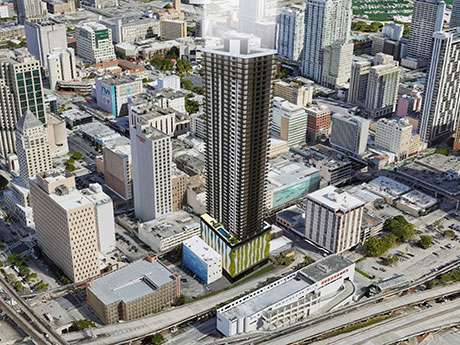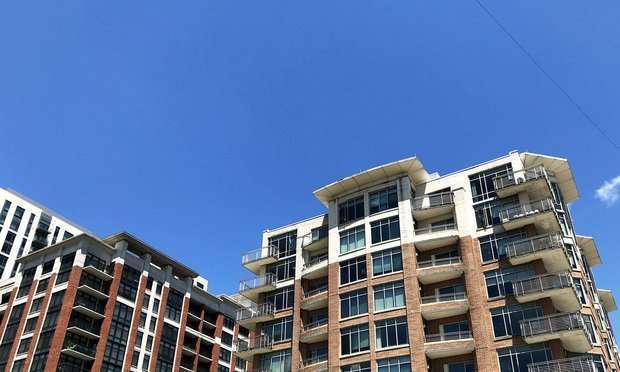
The pandemic’s second year witnessed a robust rebound in rental housing demand, which reduced vacancies and propelled rents higher. Lack of for-sale inventory kept many higher-income renters in their apartments, while the same lower-income folks who suffered the greatest COVID-related job losses were also most rent-burdened. That sober reality has heightened the need for a fully-funded housing safety net, which must take into account safeguarding existing housing from climate change threats.
These were among the issues discussed during the “America’s Rental Housing 2022” webinar, a Joint Center for Housing Studies of Harvard University panel discussion moderated by Vox policy reporter Jerusalem Demsas.
Expert panel
Offering their perspectives were panelists Peggy Bailey, senior advisor on rental assistance, Office of the Secretary for the U.S. Department of Housing and Urban Development; Calvin Gladney, president & CEO of Smart Growth America; Chris Herbert, managing director of the Harvard Joint Center for Housing Studies; and Kara McShane, managing director, commercial real estate for Wells Fargo.
Necessary policy considerations were top of mind for Bailey, who emphasized setting in place intentional policies that at the least subsidize rent and create the right incentives to develop affordable housing along with higher-end rental units. “We can internally look at things like the affordable housing assistance we currently employ,” she said. “We must look at how do we align our programs at HUD to get those pieces of the affordable housing capital stack working better, ensuring it’s easier to create affordable housing.”Asked what banks can do to address the lack of affordable housing, McShane noted the affordable crisis is one of supply.
“So whatever we can do as a bank to increase supply and preserve the housing stock we have is what we need to do,” said McShane. “We need a solution from both government policy and the private sector . . . We need to partner together in the private sector, not just big banks but big tech, to create and preserve housing.”Climate change
Keeping renters in their homes given the increased threat of climate change is a matter, Gladney opined, of the need to “stop doing dumb things.”Continuing to build in flood-prone zones and in places where it’s recognized homes may burn to the ground are among those ill-advised moves, he added. “We allow things to happen in the market to put renters in harm’s way, and we need to stop doing that.”
Noting the difficulty of building multifamily housing in many places, especially in suburban areas, Herbert said states must take bigger roles in mandating zoning for denser housing within communities. “We can also lean into how we can build housing that’s more affordable,” he added. “Design professionals must be brought into how housing can be designed to make more efficient use of space.”
Another way to overcome resistance to denser development is to design multifamily housing that looks more like single-family housing, Gladney said.
Putting the capstone on the discussion, McShane stressed the need for partnership and collaboration. “One company or organization is not going to get it done,” she noted. “We all need to come together and keep people in homes they can be proud of.”









